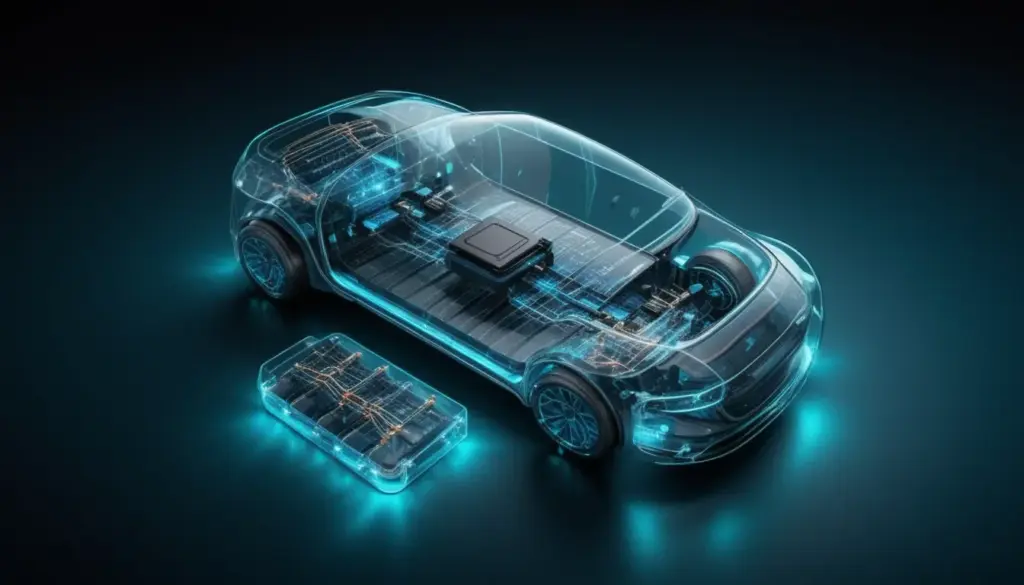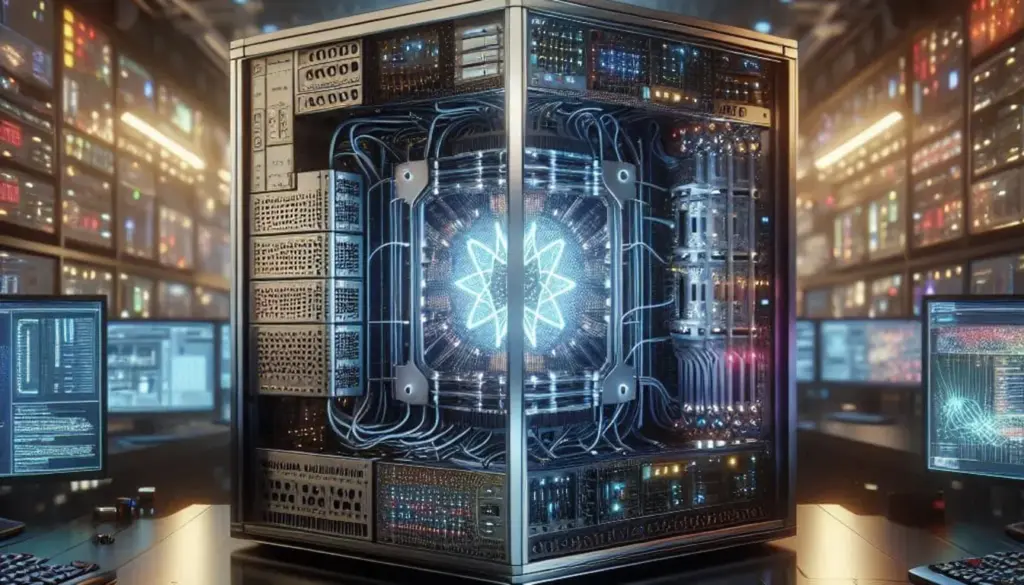The global battery market is buzzing after China’s battery giant CATL announced mass production plans for its next-generation sodium-ion battery, often dubbed the ‘salt battery.’ This innovation, utilizing readily available sodium instead of lithium, boasts compelling advantages: lower cost, enhanced safety, and rapid charging. This poses a significant challenge to the existing lithium-ion battery market and particularly to South Korea’s leading battery manufacturers – LG Energy Solution, Samsung SDI, and SK On – who are comparatively behind in sodium battery development. Is the salt battery merely a threat, or could it become a catalyst for K-batteries to innovate and leap forward?

CATL’s Naxtra: A Potential Game Changer in Battery Performance
CATL’s second-generation sodium-ion battery, named ‘Naxtra,’ has already garnered significant attention within the industry due to its impressive specifications. With an energy density of 175 Wh/kg, it rivals lithium iron phosphate (LFP) batteries. More notably, its 5C charging rate is 25% faster than high-performance nickel-cobalt-manganese (NCM) batteries. This faster charging capability is a major draw for electric vehicle (EV) consumers, potentially reducing charging times significantly.
Safety is another standout feature. CATL demonstrated the battery’s exceptional stability in a video showing it remaining intact even when punctured by a drill or cut with a chainsaw. This inherent safety could alleviate consumer concerns about fire risks and make sodium batteries highly competitive in applications where safety is paramount, such as energy storage systems (ESS). CATL attributes this improved energy density to the stable nature of sodium combined with advanced nano-coating technology.
Key Battery Performance Comparison (Based on CATL Data)
| Feature | Naxtra (Sodium-ion) | LFP (Lithium Iron Phosphate) | NCM (Nickel-Cobalt-Manganese) |
|---|---|---|---|
| Energy Density (Wh/kg) | 175 | 165 – 180 | 200+ |
| Charging Speed (C-rate) | 5 | 1 – 3 | 4 |
| Safety | Excellent (Non-flammable) | Good | Moderate |
| Cost Competitiveness | Very High | High | Low |
The most compelling advantage of sodium-ion batteries is their cost competitiveness. Sodium, easily extracted from salt after removing chlorine, costs approximately $0.2 USD per kilogram, a mere fraction of lithium’s price, which stands at around $10 USD per kilogram. This vast difference in raw material costs could drastically reduce battery manufacturing expenses, making sodium batteries a powerful contender in the low-cost EV and energy storage markets. By reducing reliance on expensive lithium imports from countries like Australia and Argentina, sodium batteries have the potential to rapidly replace lithium-based batteries in the budget segment. Experts predict a high likelihood of sodium batteries quickly dominating the lower-priced battery market.
K-Battery Under Pressure: Can They Bridge the 5-Year Gap?
South Korea’s leading battery manufacturers, LG Energy Solution, Samsung SDI, and SK On, who have long dominated the global market, are understandably concerned by CATL’s swift progress with sodium-ion technology. Having already lost ground to Chinese companies in the LFP battery market, the Korean firms are now belatedly entering the sodium battery race, with mass production targets set around 2030 – approximately a five-year lag behind CATL.
Industry insiders worry about repeating the missteps taken with the LFP battery market and emphasize the urgent need to accelerate sodium battery development. The possibility of CATL commercializing its sodium battery sooner than anticipated adds further pressure on the Korean battery industry.
While some analysts cautiously point out that the performance figures announced by CATL may not be fully replicable in mass production, the consensus among experts is that ‘salt batteries’ hold significant potential to reshape the low-cost battery landscape.
However, this challenge also presents an opportunity for K-batteries. Leveraging their accumulated technological prowess and expertise, the Korean companies can focus on developing high-performance, high-quality sodium-ion batteries. They could also intensify investments in next-generation battery technologies like solid-state batteries to create a technological advantage. Active government support, coupled with collaboration between academia and industry, is crucial for strengthening technological competitiveness and securing supply chain stability through the localization of materials, parts, and equipment.
The Future of the Korean Battery Industry: Innovation and Differentiation are Key
To maintain competitiveness and secure their future in the face of China’s ‘salt battery’ offensive, the Korean battery industry needs to adopt the following strategic approaches:
- Accelerate Technological Innovation and Develop Next-Generation Batteries: Simply catching up in sodium battery development isn’t enough. Korean companies must focus on securing differentiated technological advantages in energy density, lifespan, and safety, while also aggressively pursuing the development of next-generation batteries like solid-state and lithium-sulfur batteries. Proprietary technology is essential to compete beyond price.
- Focus on High-Value Markets and Implement a Premium Strategy: Instead of directly competing in the price-sensitive low-end market, Korean companies should consider concentrating on premium markets that demand high performance and safety, such as high-performance EVs, energy storage systems (ESS), and aerospace applications. Focusing on developing customized batteries for these high-value industries can establish a technology-driven competitive edge.
- Diversify Supply Chains and Secure Key Minerals: While sodium batteries reduce reliance on lithium, they don’t eliminate dependence on other critical minerals. Therefore, diversifying the supply chain for all essential battery materials and actively securing stable sources of these minerals is crucial for consistent production.
- Active Government Support and Ecosystem Development: The government needs to play a proactive role in strengthening the competitiveness of the domestic battery industry through increased R&D funding, tax incentives, and talent development programs. Furthermore, fostering collaboration with materials, parts, and equipment manufacturers and building a sustainable industrial ecosystem, including battery recycling systems, is essential.
Cheering on K-Batteries’ Bold Journey
The emergence of CATL’s salt battery undoubtedly presents a significant challenge to K-batteries, and the five-year technological gap in sodium-ion development won’t be easy to overcome in the short term. However, Korean battery companies possess a strong foundation of technological excellence and a culture of innovation. Learning from past missteps in responding to the LFP battery market, they must now adopt a more proactive and strategic approach to navigate the ‘salt battery’ era. With innovative technology development, bold investments, and close collaboration between the government and businesses, they can overcome this challenge and secure new growth engines.
The South Korean battery industry has a history of leading the global market through continuous innovation. It is our hope that this new wave of salt batteries will serve as a stepping stone for K-batteries to evolve into an even stronger and more sustainable industry. We wholeheartedly support K-batteries’ ambitious journey and hope to see South Korea maintain its leading role in the future battery market.
🔎 Read other posts in the IT & Technology category
👉 Fllow us on X(Twitter)


